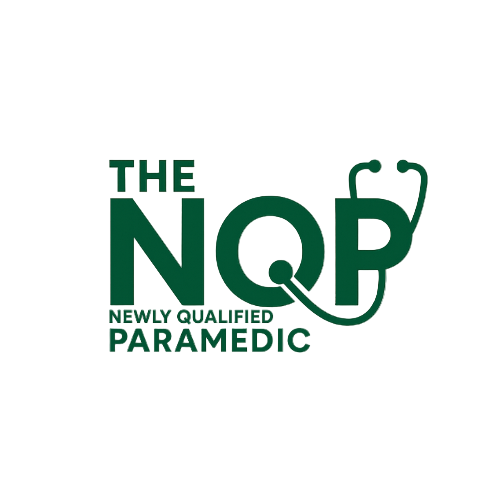How to write a patient report form (PRF / ePRF) for student paramedics | The Newly Qualified Paramedic
Alright, so you’ve been handed a blank patient report form from your mentor, and suddenly, you’re struck with the overwhelming realisation that this might just be your biggest test of the day - bigger than trying to cannulate in the dark or trying to get annual leave accepted by your employer. But fear not! Writing a patient report form doesn’t have to be as terrifying as it seems.
So grab your stethoscope (or your favorite pen), and let’s dive into the wonderful world of medical paperwork!
Here is a guide from a registered paramedic and how to effectively write an ePRF that ensures clear communication and comprehensive patient documentation.
1. Document the incident Details:
This is the part where you figure out what’s actually wrong. Or what the patient thinks is wrong. Sometimes they tell you, "I’ve been feeling sick" (and then proceed to list 17 vague symptoms), but hey, don’t worry! You can always jot down, "Patient reports general malaise." It's a fancy way of saying, “They feel bad, but we’re not sure why yet.”
Tip: If the patient starts listing things like, “I have a headache, and my cat’s been sneezing,” you might want to take a second to really process. Cats are important—just not for this form.
2. Medical History: The Family Tree That No One Wants to See
Here’s where things get a little intense. You start asking questions about family medical history, and suddenly, it feels like you’re uncovering the secret life of the patient’s second cousin twice removed. Did their grandmother have heart disease? Does Aunt Shirley get migraines on Tuesdays? The answers are out there.
Either that, or they will tell you they don't have a medical history and then provide you with a mountain of tablets.
Anyway, this is important to document as it allows for transfer of information.
This section should also include:
Drug history: recreational and prescribed.
Social history: where do they live, do they smoke like a chimney? drink like its out of fashion?
3. The Physical Exam: “So, Does Everything Look Normal?”
When writing what you have seen, witnessed found during the physical exam. I like to put these into sections known as 'systems', others may like to do it as 'ABCDE`. I mean, noone has written what should and should not be done - so, do as you please.
Make sure you write down what you have actually done and found, don't lie. Dont make things up. It's not worth it. Be open, honest. All im saying is, if you do lie and are caught out. Certain members of your registering body and/or employer will come knocking.
If you struggle with your systems and/or pertinent negative, we have a handy aid on our website to help. Click here to view it.
4. Onward referral
It is all well and good spending 30 minutes writing a patient report form, but you need to wrap It all up and state what your plan was. DId you go to hospital with the patient, if so, what did you do? did you leave them at home? perfect, now who did you speak to.
Honestly, they are not easy to do but it is imperative they are in depth, comprehensive and eligible. Check out our socials for other hints, tips and tricks.
All the best,
Alex
Newly Qualified Paramedic.
